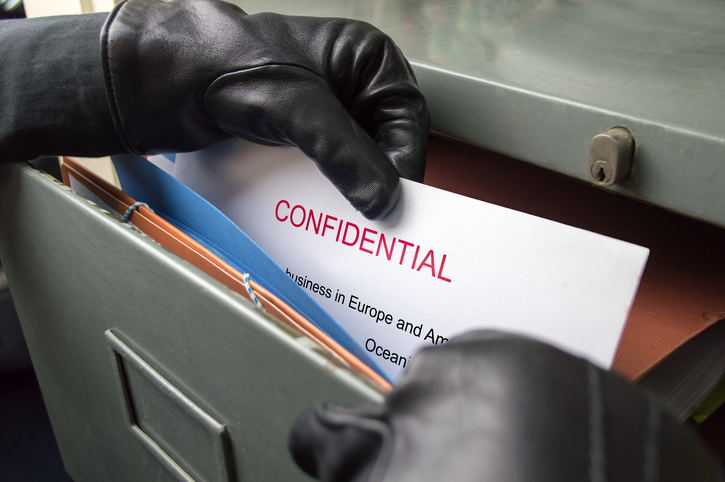Four cars arrive at to a four-way stop with no traffic signals at nearly the same time. Each one is headed in a different direction. What now?
Typically, one driver will take the lead and start across the intersection. Alternatively, another driver may wave to permit a different drive to go. Once that car clears, the others go.
This is an example of total strangers abiding by a set of understood rules. They all stopped at the stop signs, then cooperated to allow everyone to head where he or she is going, safely.
If one of the drivers had refused to follow the rules, and we know that sadly happens a lot, there could have been an accident. Even if not, anger and anxiety could have ensued.
In life and work, clear rules can help us stay safe and work productively together. Rules help us experience less conflict and better understand how we contribute. When standards and guidelines are absent, people tend to do what works well for them, which doesn’t always help the team perform well as a whole. The company experiences politics, cliques, and power play, all costly, dysfunctional behaviors.
We don’t always like rules, thinking they are confining. However, clear rules and expectations are liberating. They guide us in how to interact with bosses, customers, and peers so that we can deliver consistent results and build positive relationships.
So who sets the rules? This is usually the role of senior leaders. Often, these leaders are occupied with the company or team’s products, services, and operations, and spend less time thinking about their culture. However, culture drives everything that happens in the organization, and it is vital for senior leadership to spend time on it. Part of that is establishing reasonable and clear rules and guidelines.
Senior leaders are responsible to:
- Define the organization’s purpose, values, strategies, and goals
- Set the rules and guidelines that will aid in the team fulfilling those purposes and values
- Align action and activity to the rules and guidelines
This requires a senior leader to model several characteristics, including:
- Clear communication: the leader intentionally clarifies and reinforces the organization’s purpose, values, strategies, and goals on a regular basis
- Strong modeling: the leader consistently demonstrates the organization’s values through his/her behavior
- Enthusiastic cheerleading: the leader promptly points our examples of aligned behaviors and actions, celebrating progress and accomplishment, and
- Wise refereeing: the leader quickly redirects misaligned behaviors and actions, ensuring results obtained the right way
Senior leaders cannot delegate responsibilities like these to others in the company. The culture is formed with the senior leaders being credible, consistent and energized champions of the culture they want to see. This often means that they change how they spend their time at work. They reduce time spent on less impactful activites and more on strengthening the culture. I’m often told by senior leaders who change their focus that they now spend 40% of their time on culture management instead of 5%.
Don’t leave your culture to chance.
Contributed by S. Chris Edmonds, the founder and CEO of The Purposeful Culture Group. After a 15-year career leading and managing teams, Chris began his consulting company in 1990. Since 1995, Chris has also served as a senior consultant with The Ken Blanchard Companies. Chris provides high-impact keynotes, executive briefings, and executive consulting. He is the author or co-author of seven books, including Leading At A Higher Level with Ken Blanchard. Learn how to craft workplace inspiration with an organizational constitution in Chris’ new book, The Culture Engine, available now. His blog, podcasts, free assessments, research, and videos can be found at http://drivingresultsthroughculture.com.



